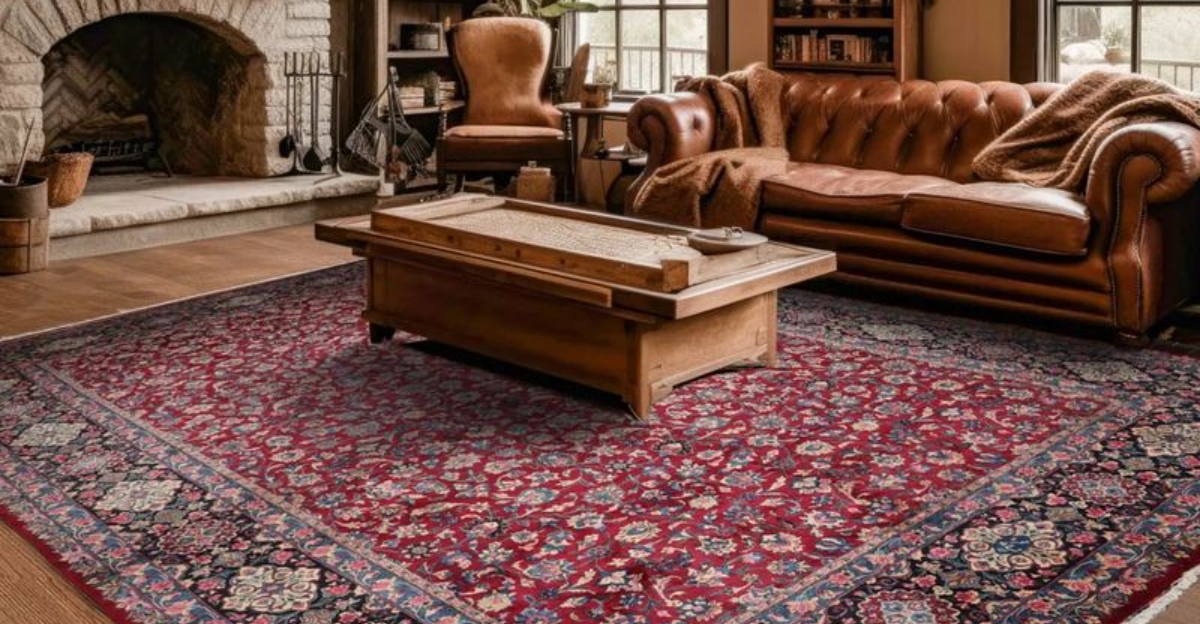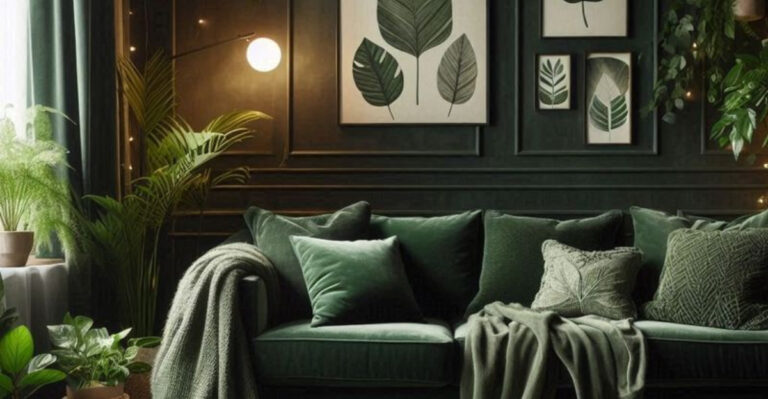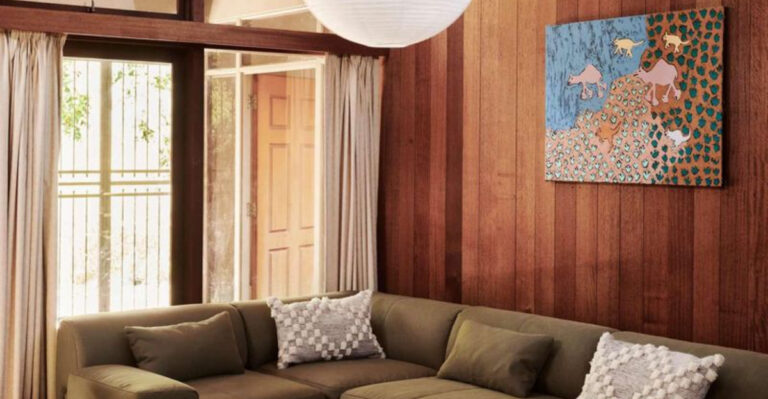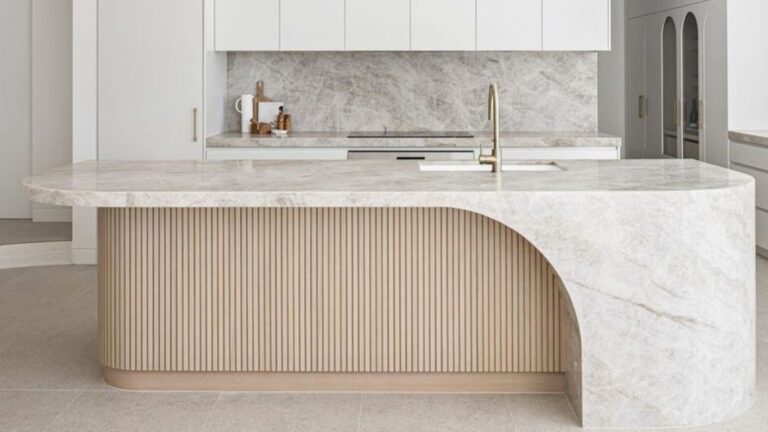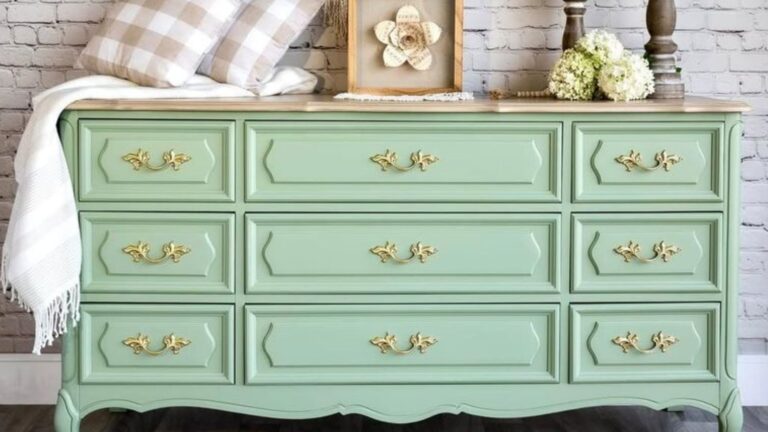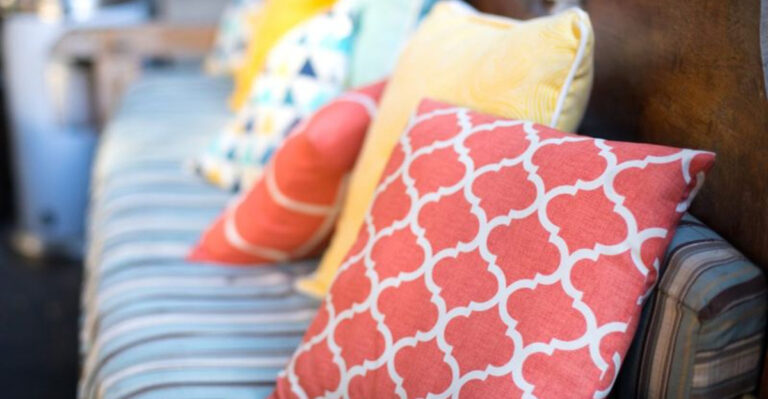10 House Decor Items Pro Thrifters Always Buy At Antique Markets (Plus 10 Items They Always Avoid)
Walking into an antique market always feels like starting a thrilling treasure hunt for my home, and I swear my heart races every time I spot a potential gem.
Over the years, I’ve learned the difference between pieces that add true character and those that are just overpriced clutter. Whether you’re a seasoned thrifter or testing the waters of secondhand shopping, knowing what’s actually worth your cash can completely change how you decorate.
With the right eye, you can fill your home with unique, timeless finds that tell a story, all without spending a fortune.
1. Vintage Cast Iron Cookware
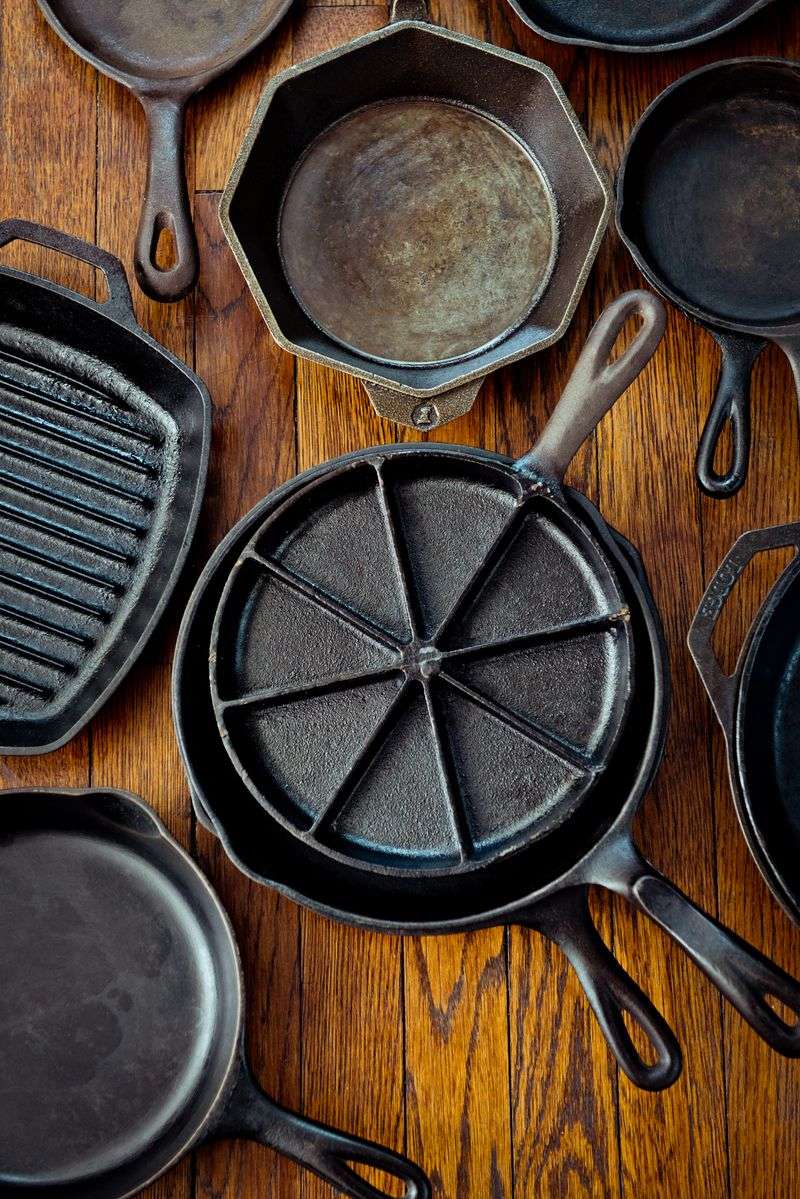
Old-school cast iron pans from brands like Griswold or Wagner are kitchen gold. Unlike modern versions, these were hand-finished, creating smoother cooking surfaces that develop amazing non-stick properties over time.
Look for pieces without cracks or wobbles. A little rust? No problem! That can be restored with some elbow grease and proper seasoning.
Many pro thrifters have scored century-old skillets for under $20 that outperform fancy modern pans costing ten times as much.
2. Solid Wood Furniture
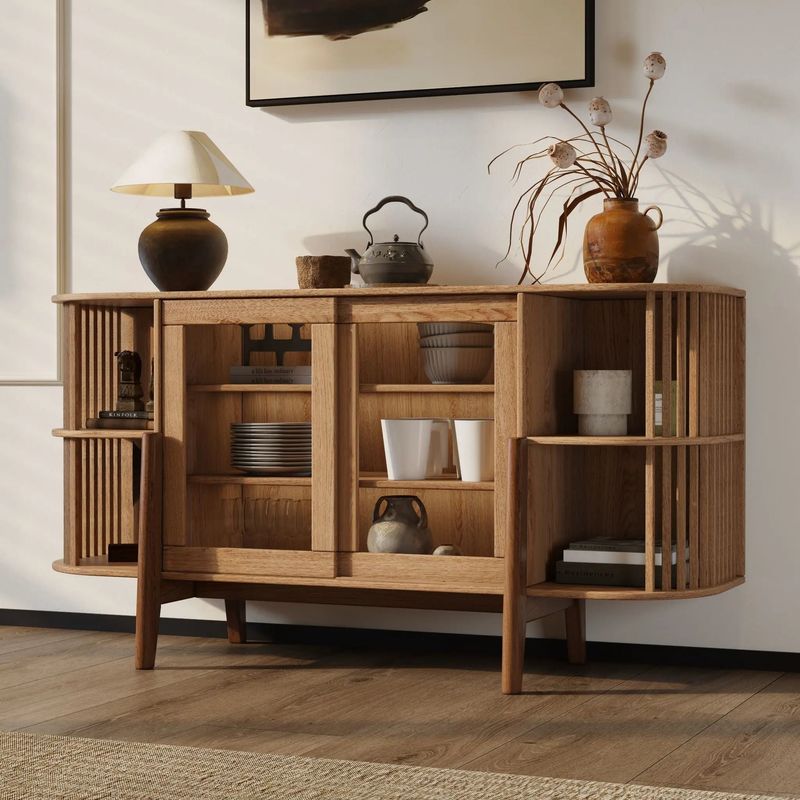
Furniture made from real wood stands the test of time unlike its particle board cousins. The weight alone tells you what you’re getting – if you can barely lift it, that’s a good sign!
Scratches and water rings aren’t deal-breakers since solid wood can be sanded and refinished. Many thrifters flip these pieces with minimal effort.
A mid-century dresser might cost $50 at an antique market but fetch $300+ after a simple refresh, making it both a decorative win and a smart investment.
3. Unique Picture Frames
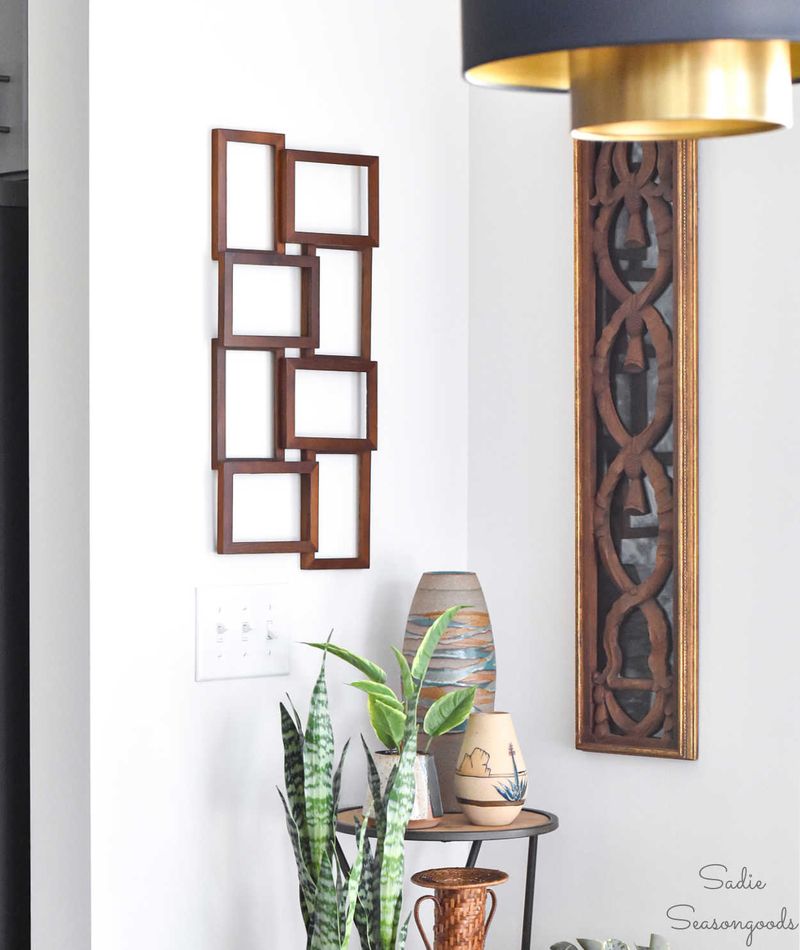
Ornate gold frames, chunky wooden ones, or sleek mid-century designs – antique markets overflow with frame options that retail stores can’t match.
The craftsmanship of older frames often surpasses modern equivalents. Pro tip: Don’t worry about the art inside – you’re buying for the frame! Even damaged frames can be worth grabbing if they have good bones.
Mix different styles on one gallery wall for that collected-over-time look that interior designers charge big bucks to create. Your photos and art will thank you!
4. Quality Wool Rugs
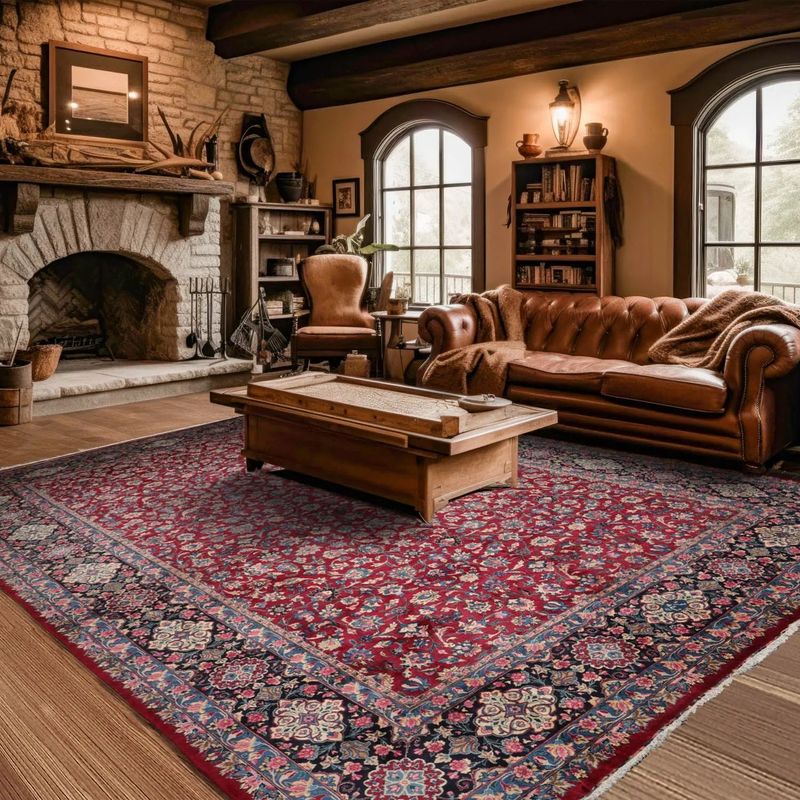
Handmade wool rugs can cost thousands new, but savvy thrifters snag them for a fraction at antique markets. Wool rugs actually look better with age as they develop that coveted patina modern rugs lack.
Check for intact binding and no moth damage. Even faded colors have charm! A good cleaning can bring them back to life – many pros swear by the snow-cleaning method (laying them outside in fresh snow).
These floor treasures not only last for generations but also ground a room with authentic character no mass-produced polyester rug can match.
5. Brass Accessories
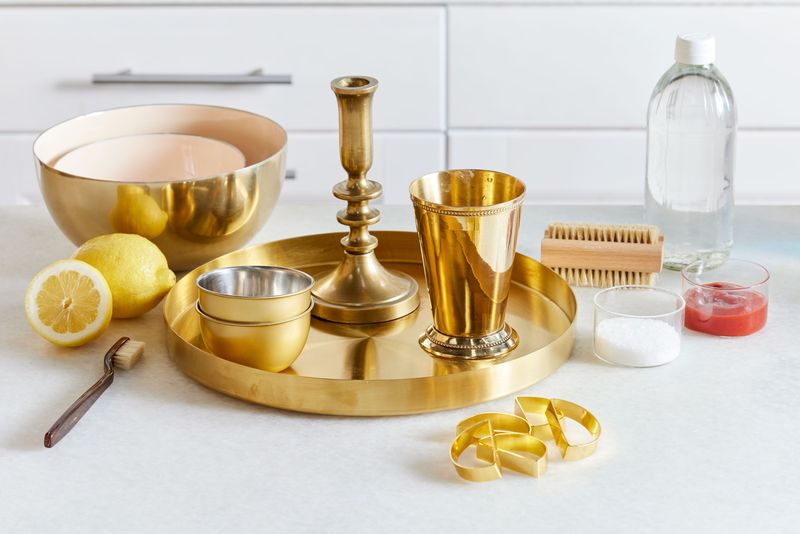
Brass candlesticks, planters, and decorative objects add warmth to any space without the hefty price tag of new items. The patina that develops over time gives them character you simply can’t buy off the shelf.
Don’t be scared off by tarnish! A simple mixture of lemon juice and baking soda will make them shine again – or leave them tarnished for that lived-in look many designers prefer.
Mixing brass pieces of different heights creates instant visual interest on mantels or bookshelves. Fun fact: Real brass is not magnetic, so bring a small magnet to test!
6. Vintage Hardcover Books
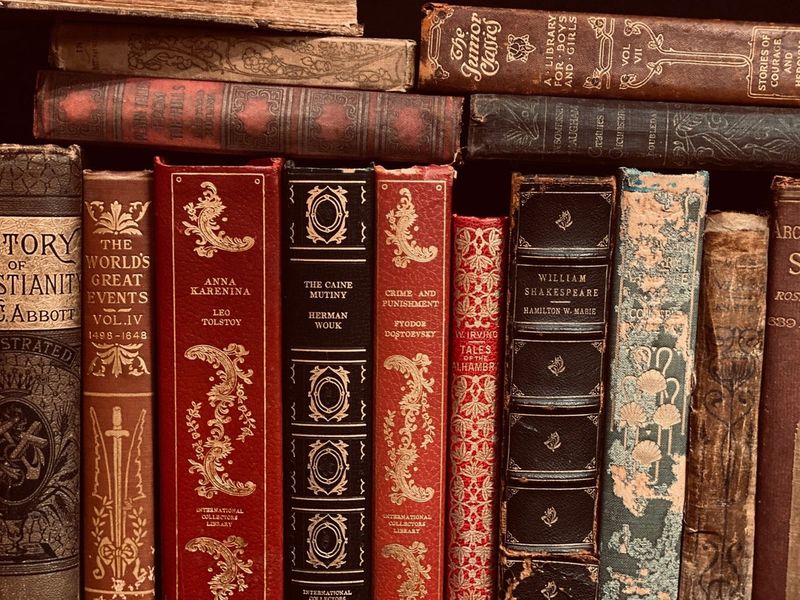
Books with character make fantastic decor while doubling as actual reading material! Older hardcovers often feature gorgeous spine designs and illustrations that new books rarely match.
Look for interesting titles or beautiful covers in colors that complement your space. Some thrifters collect by color for a cohesive shelf display, while others hunt for specific topics or eras.
The leather-bound classics with gold lettering can transform an ordinary bookshelf into a sophisticated focal point. Pro thrifters know to check for intact spines and limited foxing (those brown spots on pages).
7. Antique Mirrors
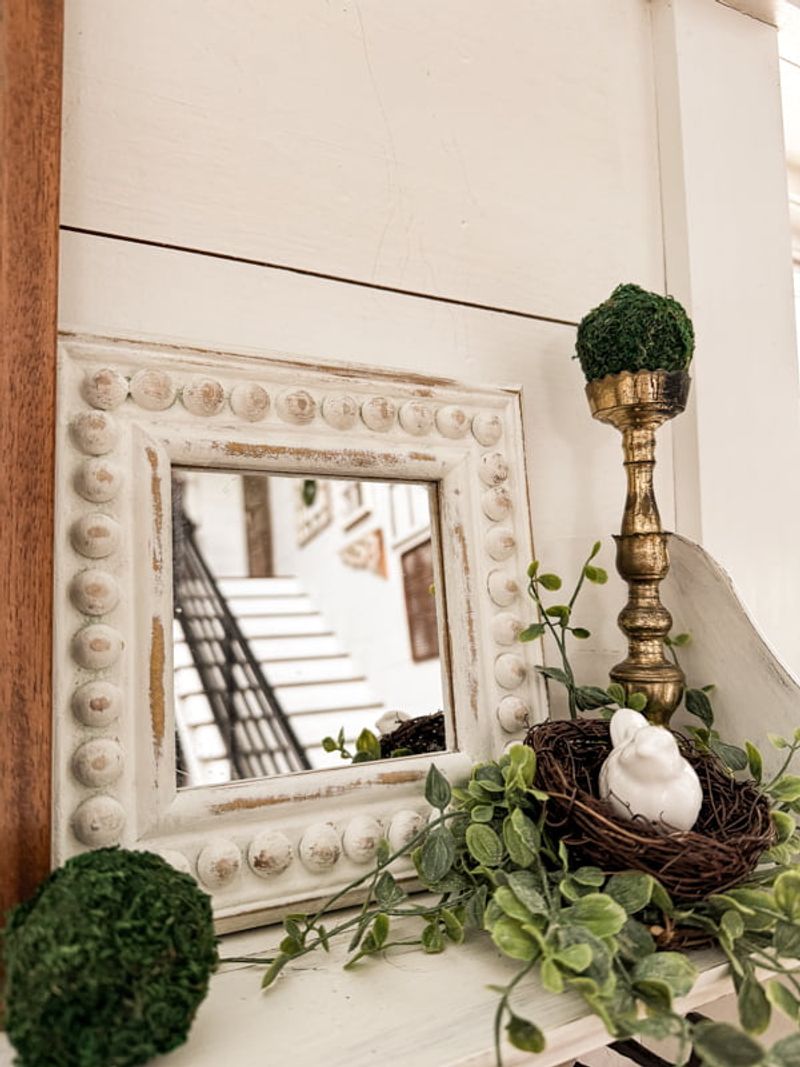
Old mirrors have a magical quality new ones can’t replicate. That slightly cloudy, imperfect reflection creates depth and mystery in any room.
Plus, the frames often showcase craftsmanship you rarely find today. Small spots or slight silvering loss actually adds to their charm! Hang them in unexpected places like over a bar cart or at the end of a hallway.
Savvy thrifters group smaller mirrors together for a statement wall that bounces light around a room. Bonus: these reflective treasures make spaces feel larger and brighter – a decorator’s favorite trick!
8. Ceramic Table Lamps
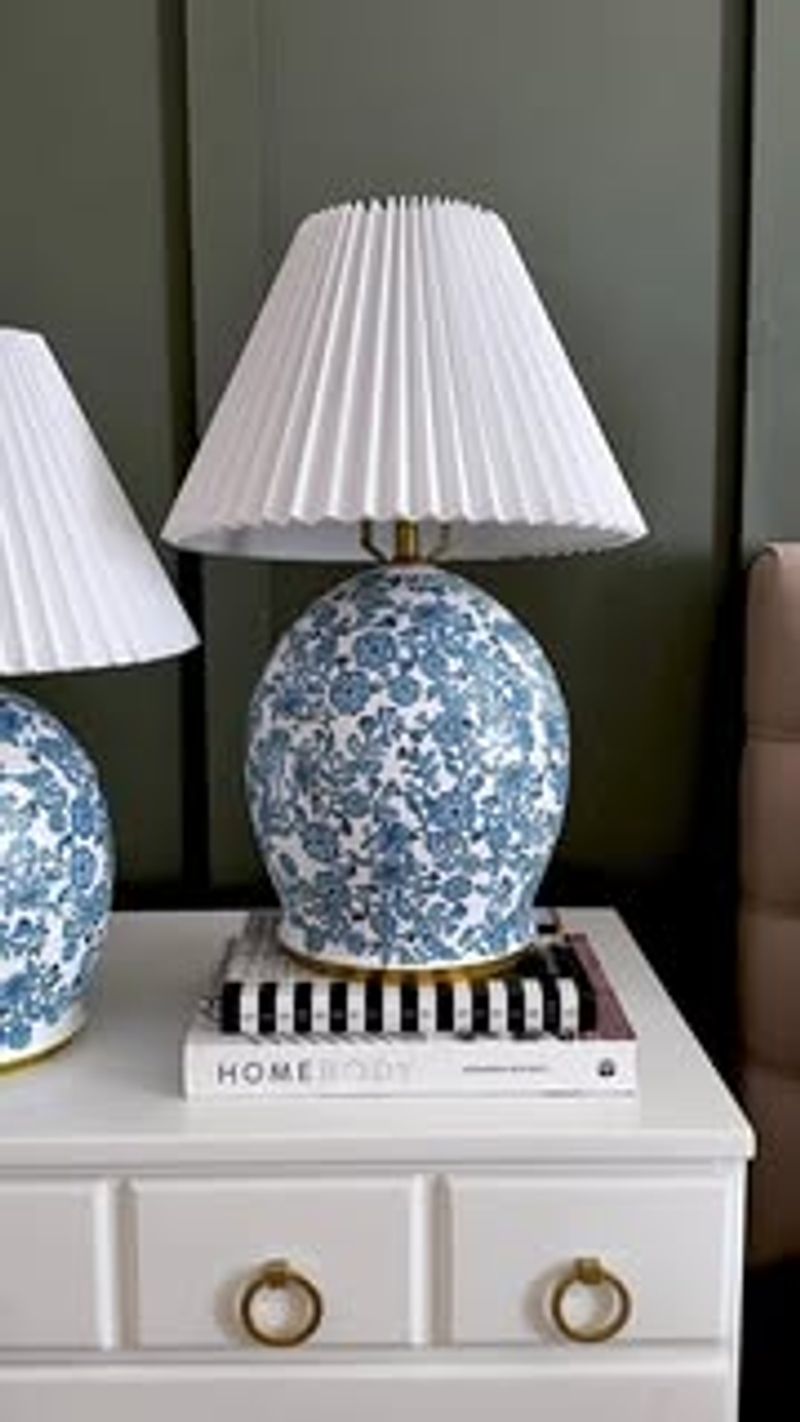
Vintage ceramic lamps bring personality to a room with their unique shapes and glazes. The chunky, statement-making bases from the 50s-70s are especially hot right now, selling for hundreds in trendy home stores.
Most just need a new shade and rewiring – both easy fixes that cost under $30. Lamp shades are easy to switch out as your style evolves.
Keep an eye out for ginger jar lamps or those cool textured ceramic bases in earthy tones. Bonus points if you find matching pairs, which can anchor a bedroom or living room with symmetrical style!
9. Sterling Silver Serving Pieces
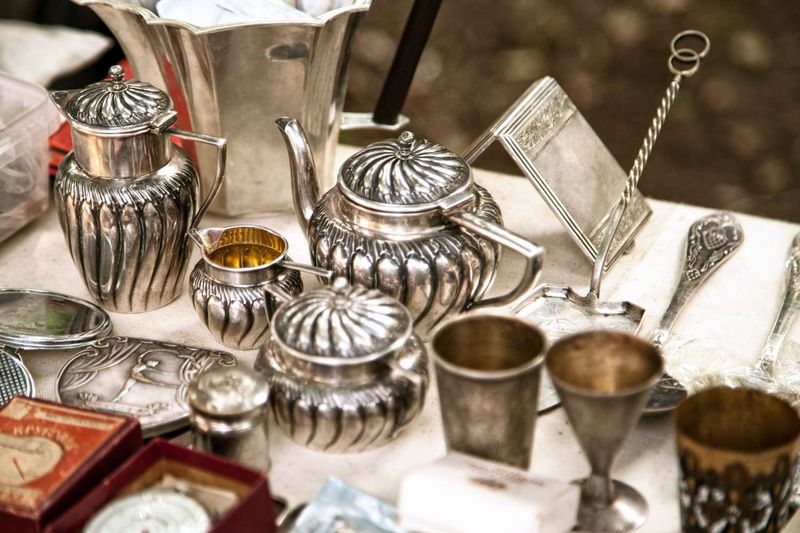
Silver serving spoons, cake servers, and small bowls add instant class to your table for pennies on the dollar. Unlike silverplate, sterling pieces hold their value and develop a gorgeous patina over time.
Look for the “sterling” or “925” stamp to ensure you’re getting the real deal. Mixing tarnished silver with modern table settings creates that cool, collected look magazines love to feature.
Many thrifters have found entire sets for less than the cost of a single new piece. Silver polish works wonders, but many experts suggest embracing the natural darkening in the crevices for character.
10. Original Artwork
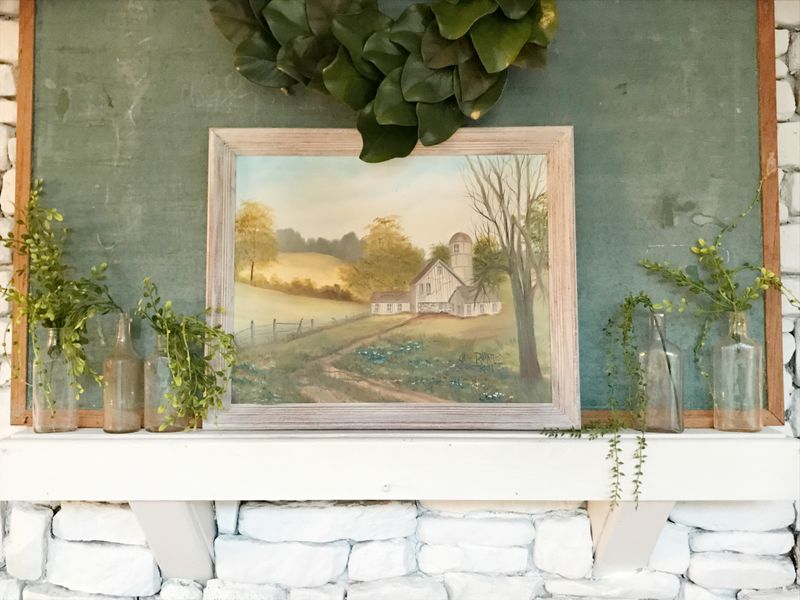
Original paintings, sketches, and prints often get overlooked at antique markets, making them incredible bargains. You might not find a lost Picasso, but you’ll discover unique pieces with soul that mass-produced wall art lacks.
Focus on the art itself rather than the frame – does it speak to you? Does it fit your color scheme? Amateur art from the mid-century has particular charm and often costs less than a poster from a big box store.
Check the back of the canvas or paper for signatures, which might reveal a local artist worth researching!
1. Anything Made With Particle Board
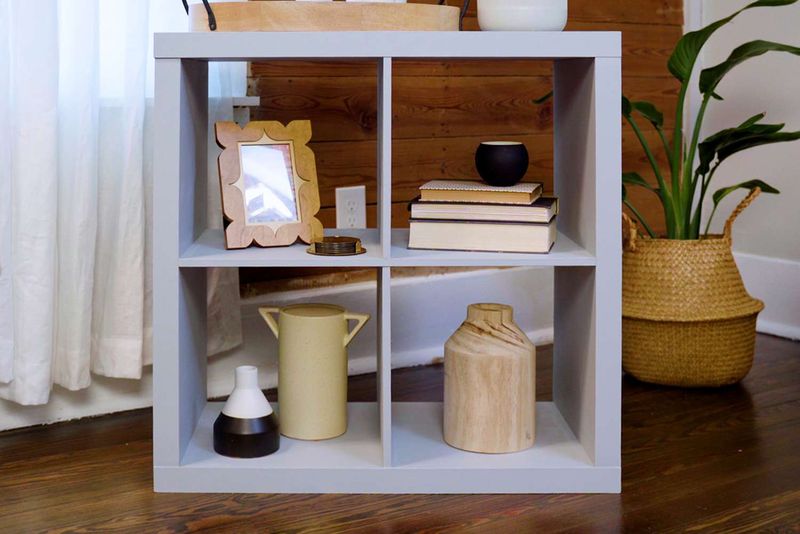
Run away from furniture made of sawdust and glue! Particle board items might look fine initially, but they’re the fast fashion of furniture – designed to fall apart quickly.
These pieces don’t hold up to moisture or multiple moves. Once the veneer chips or peels, there’s no fixing it. The screws strip out of the soft material after just one or two assemblies.
Smart thrifters know these items weren’t even quality when they were new, so they’re definitely not worth your money as secondhand purchases. Save your cash for real wood pieces that will last generations.
2. Heavily Used Upholstered Furniture
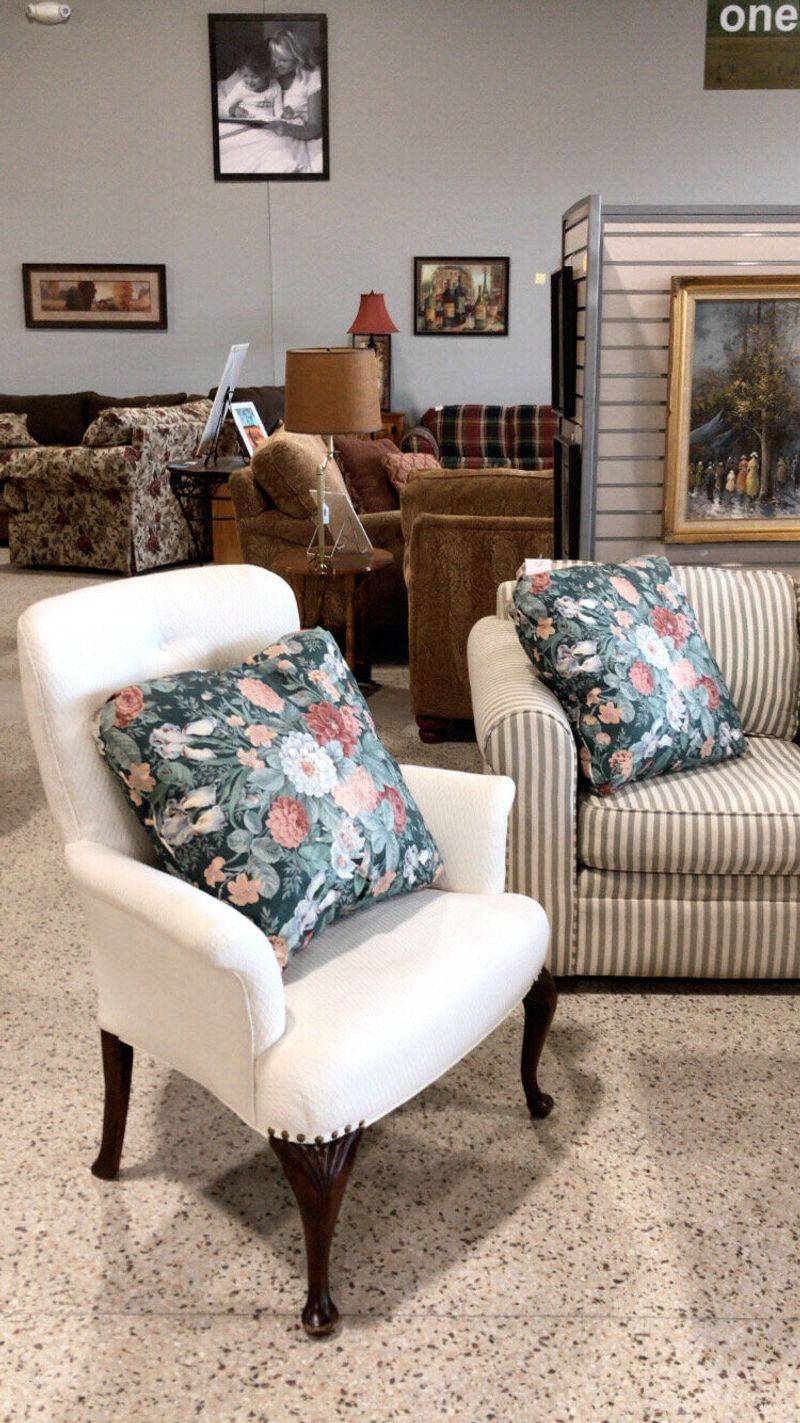
That sagging sofa might look fixable, but reupholstering often costs more than buying new! Fabric furniture hides all sorts of sins – from bed bugs to deep-set odors that no amount of cleaning will remove.
Unless you’re willing to completely strip it down to the frame (a massive undertaking), walk away. The springs and padding inside wear out over time, making comfortable restoration nearly impossible without professional help.
Savvy thrifters know to check for manufacturer tags on the bottom – if it’s from a discount store originally, it definitely isn’t worth rescuing now.
3. Chipped Enamelware
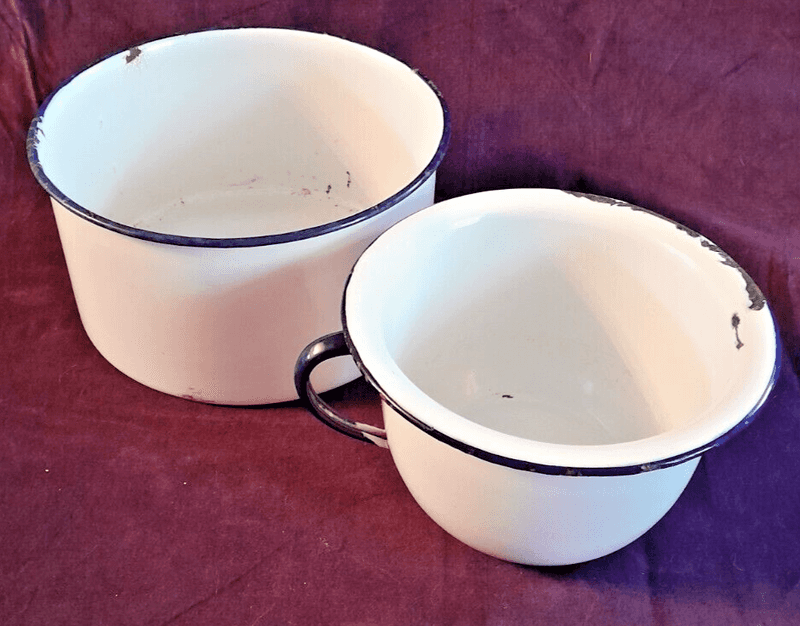
Those cute vintage enamel pots and pans with chips expose the metal underneath, which can rust and leach into your food. Not exactly appetizing! While they look charming hanging on a wall, they’re unsafe for actual cooking.
The damaged enamel continues to flake off over time, making the problem worse. If you’re buying enamelware for display only, small chips might be acceptable, but know that the damage will spread.
Experienced thrifters inspect carefully by running their fingers along the inside surface – even tiny chips can be felt before they’re easily seen.
4. Damaged Electrical Items
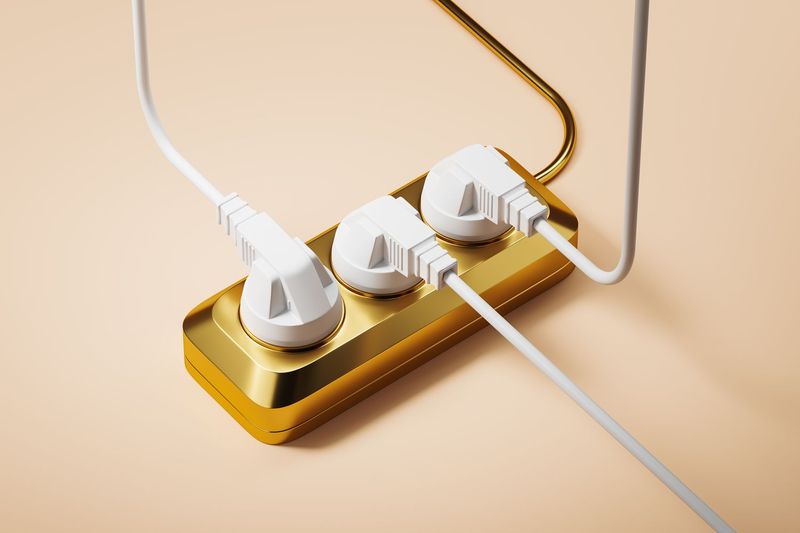
Vintage lamps, radios, and other electrical gadgets with frayed cords or rusty plugs are fire hazards waiting to happen! Professional rewiring adds significant cost to your thrift find.
Those old cloth-covered wires might look charming, but they weren’t designed to handle modern electrical loads. Smart thrifters always check for UL certification labels and test electrical items before purchasing.
While some vintage electronics can be safely rewired, others contain hazardous materials like asbestos or dangerous capacitors. Unless you’re an electrical engineer or willing to pay one, leave these risky items on the shelf.
5. Mass-Produced “Antique Reproductions”
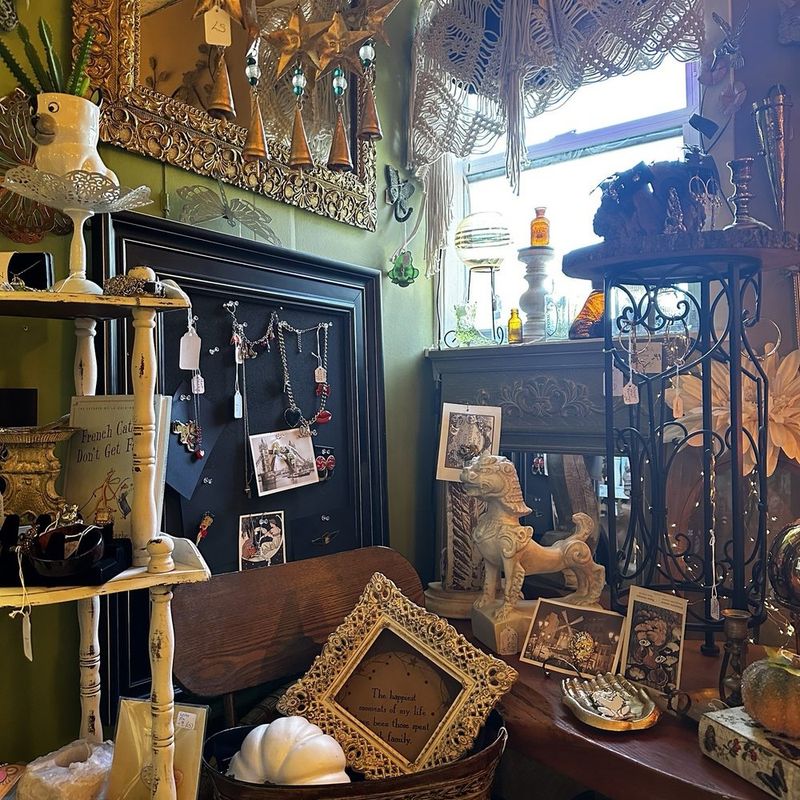
Those “Victorian-style” picture frames and “French country” knickknacks made last year in a factory aren’t fooling anyone with a trained eye. These pseudo-antiques lack the craftsmanship and materials of genuine vintage items.
Look for machine-made uniformity and that too-perfect distressing. Real antiques show natural wear patterns that can’t be faked. Many reproduction pieces use artificial aging techniques that look obviously manufactured.
Savvy thrifters flip items over to check for modern manufacturing marks or “Made in China” stickers that reveal their true origins. Save your money for the real deal!
6. Mattresses And Pillows
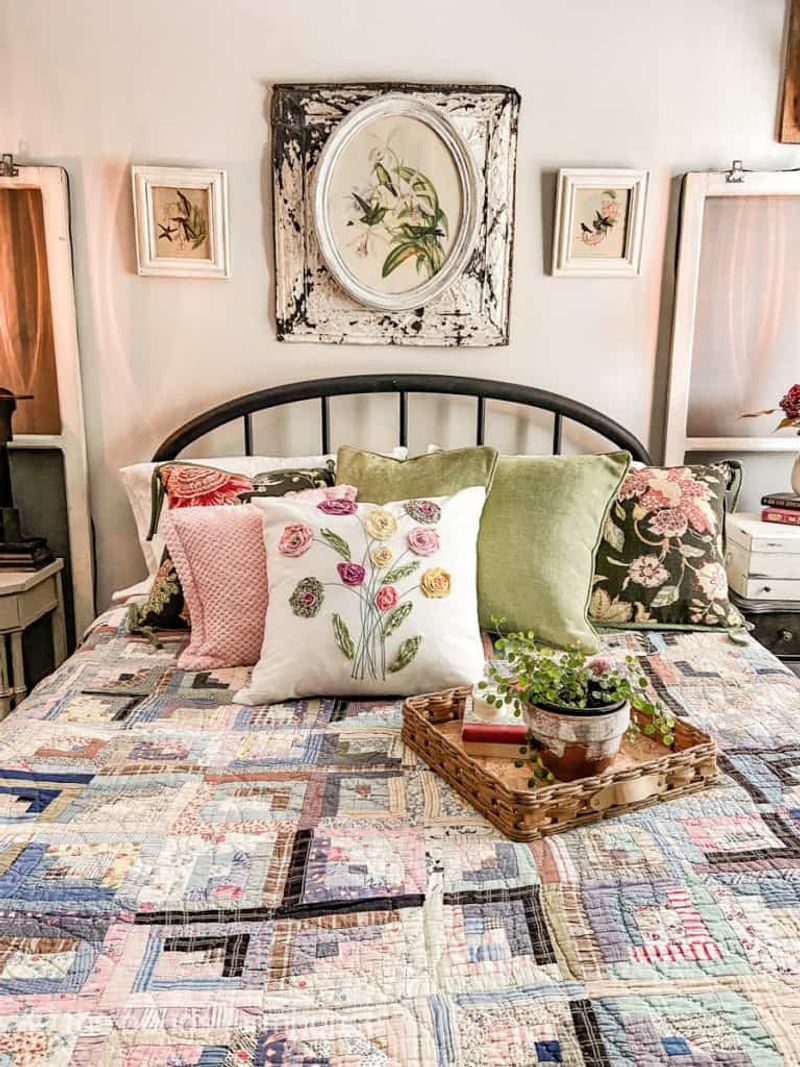
No bargain is worth bringing home bedbugs! Used soft bedding items can harbor all sorts of invisible guests, from dust mites to worse. Even items that look clean on the surface might be hiding problems underneath.
Mattresses absorb body fluids, skin cells, and dust over time – none of which can be fully cleaned. Pillows are even worse, as they collect oils from hair and skin that seep deep inside.
Professional thrifters know that bedding is one category where buying new isn’t just about comfort – it’s about health and safety. This is one area where the savings aren’t worth the risk!
7. Anything With Lead Paint
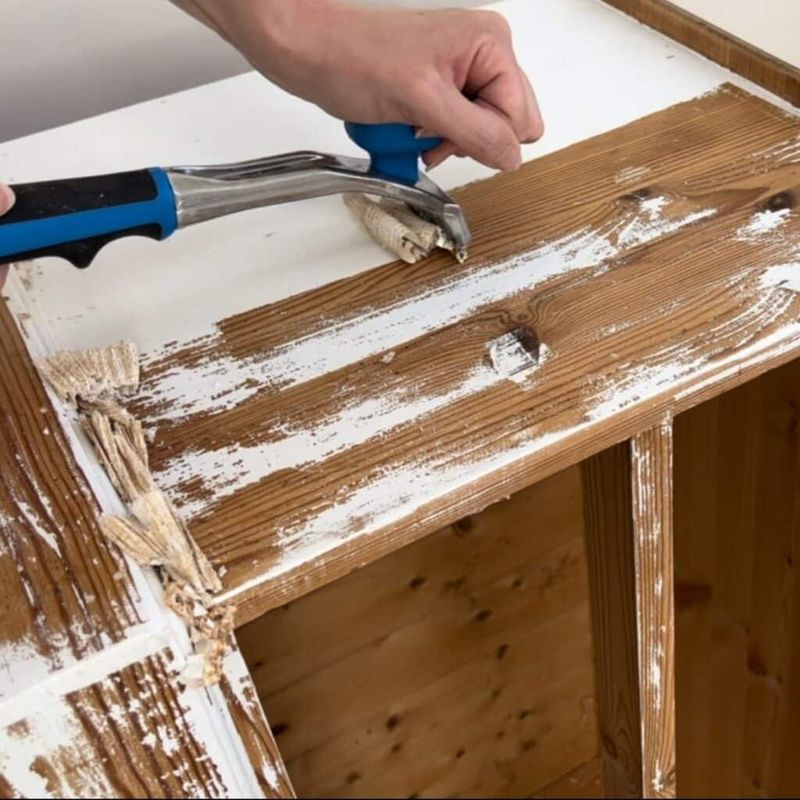
That charming old toy chest or baby furniture might be coated in toxic lead paint if it’s from before the 1978 ban. The sweet pastel colors on vintage nursery items are particularly suspicious.
Lead exposure causes serious health problems, especially for children and pregnant women. The paint chips and dust can spread throughout your home.
Even if you plan to refinish these items, the sanding process releases dangerous lead particles into the air. Knowledgeable thrifters carry lead test kits when shopping for older painted items – a small investment that prevents bringing harmful toxins home.
8. Overpriced “Trendy” Vintage
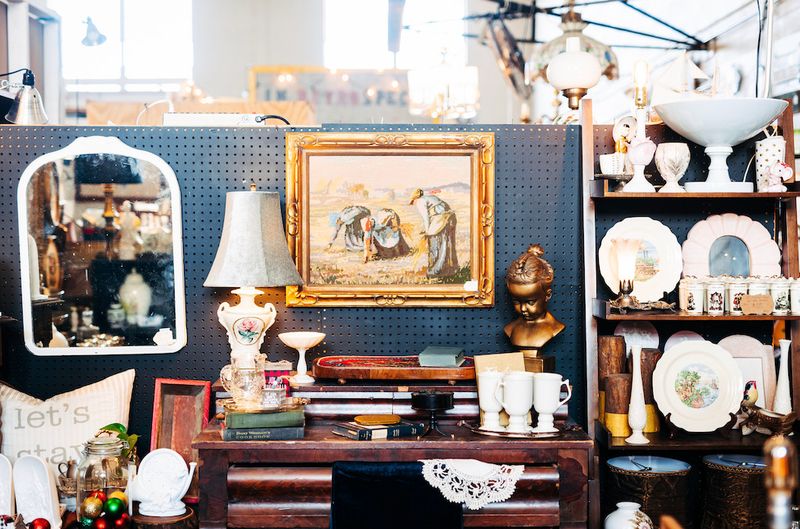
Certain styles cycle through popularity, causing prices to skyrocket temporarily. Right now, anything labeled “mid-century modern” often carries an inflated price tag, regardless of quality or authenticity.
Smart thrifters know when something is genuinely valuable versus riding a trend wave. They wait for the hype to die down or look for similar pieces from slightly different eras that offer the same aesthetic at better prices.
Watch for sellers who’ve hastily slapped trendy labels on ordinary items. That “atomic age” lamp might just be a regular lamp from the 1980s with a new description!
9. Incomplete Sets Of China

Those three random plates from a 12-piece set will likely never find their matching companions. Incomplete china sets often become clutter rather than treasures.
Unless you’re planning a deliberately mismatched table setting, these orphaned pieces rarely get used. Experienced thrifters know that tracking down additional pieces from the same pattern can become an expensive hobby.
Many patterns have been discontinued for decades, making matches nearly impossible to find. If you absolutely love a single piece, buy it for display purposes only – but be honest about whether it will actually enhance your home or just collect dust.
10. Anything That Smells Musty
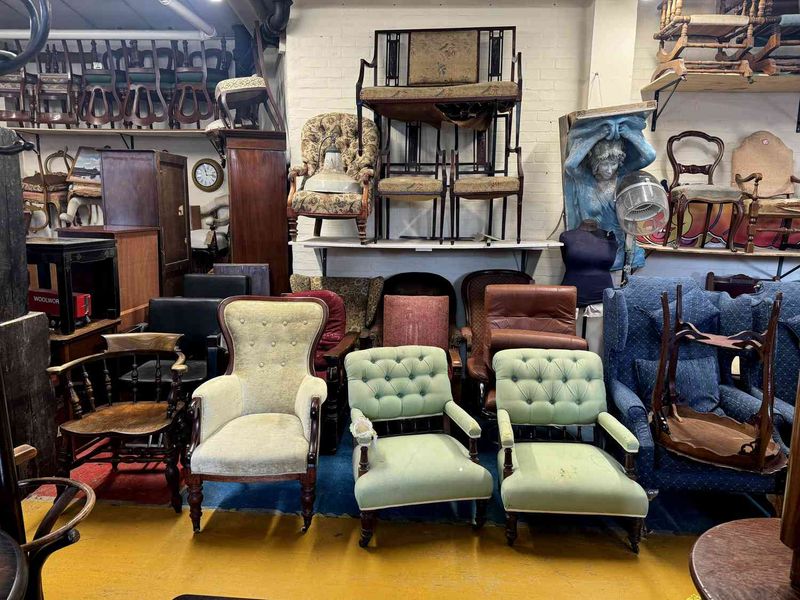
That distinctive old-house smell isn’t charming – it’s often mold or mildew that has penetrated deep into the material. Once these spores take hold, they’re nearly impossible to fully remove, especially from porous surfaces like wood and fabric.
The smell tends to spread to other items in your home. Even worse, it can trigger allergies and respiratory problems. Experienced thrifters always perform the sniff test before purchasing anything.
While some odors can be eliminated with proper cleaning and sunning, truly musty items usually stay that way. No amount of Febreze can fix what’s deeply embedded in the fibers!

